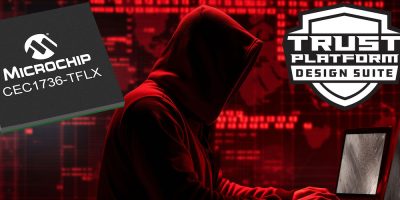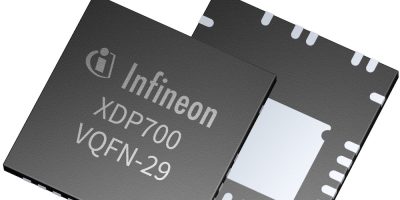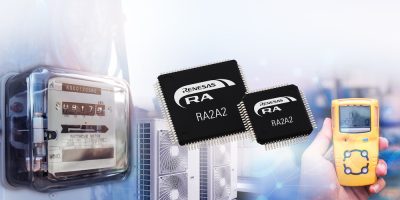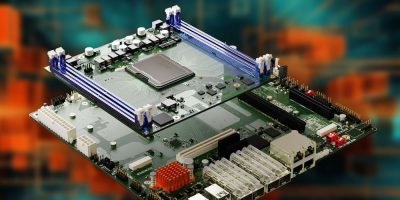As technology and cybersecurity standards continue to evolve, Microchip is helping make embedded security solutions more accessible with its CEC1736 TrustFLEX devices. The CEC1736 Trust Shield family is a microcontroller-based platform root of trust solution enabling cyber resiliency for data centres, telecom, networking, embedded computing and industrial applications. Now, as part of the TrustFLEX platform, the devices are partially configured and provisioned with Microchip-signed Soteria-G3 firmware to reduce the development time needed to integrate platform root of trust. These devices also help fast-track the provisioning of required cryptographic assets and signed firmware images, simplifying the process of secure manufacturing as required by the National Institute of Standards and Technology (NIST) and Open Compute Project (OCP) standards.
Specifically designed to meet NIST 800-193 platform resiliency guidelines, as well as OCP requirements, CEC1736 TrustFLEX devices can support security features necessary to enable hardware root of trust across various markets. The Trust Platform Design Suite tool will allow customers to personalize platform-specific configuration settings, including unique credentials, to support any application, host processor or SoC that boots out of an external SPI Flash device to extend the root of trust in the system.
Modern firmware security features enabled on the CEC1736 TrustFLEX—like SPI bus monitoring, secure boot, component attestation and lifecycle management—can keep both the pre-boot and real-time (time of check and time of use) environments shielded from both in-person and remote threats.
The highly configurable, mixed-signal, advanced I/O CEC1736 controllers integrate a 32-bit 96 MHz Arm® Cortex®-M4 processor core with closely coupled memory to offer optimal code execution and data access.
The CEC1736 TrustFLEX Configurator, part of the Trust Platform Design Suite, provides a visual view of different use cases to select, configure and generate a provisioning package for development, prototyping and production. The CEC1736 development board is equipped with a socket for easier evaluation and development.







